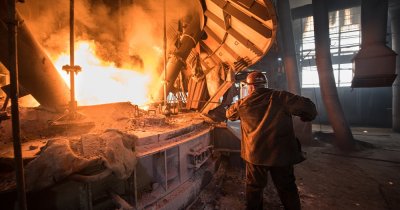According to Space Daily, the new device is the work of a team of scientists at Pacific Northwest National Laboratory and the captured carbon can be converted into methanol, a very useful and popular chemical in various industries.
PNNL chemist David Heldebrant, who leads the research team behind the new technology, said that "instead of extracting oil from the ground to make these chemicals, we're trying to do it from CO2 captured from the atmosphere or from coal plants, so it can be reconstituted into useful things."
"You're keeping carbon alive, so to speak, so it's not just 'pull it out of the ground, use it once, and throw it away.' We're trying to recycle the CO2, much like we try to recycle other things like glass, aluminum and plastics", he added.
The newly developed solvent can be implemented in gas and coal power plants, among other carbon-intensive buildings, and it essentially captures the CO2 emissions before they are even released, converting them into useful chemicals, such as methanol.
Now the team at PNNL is looking to optimize the system and make sure it can be scaled at competitive prices, which is expected to take a few years.
 Mihai - Cristian Ioniță
Mihai - Cristian Ioniță












Any thoughts?